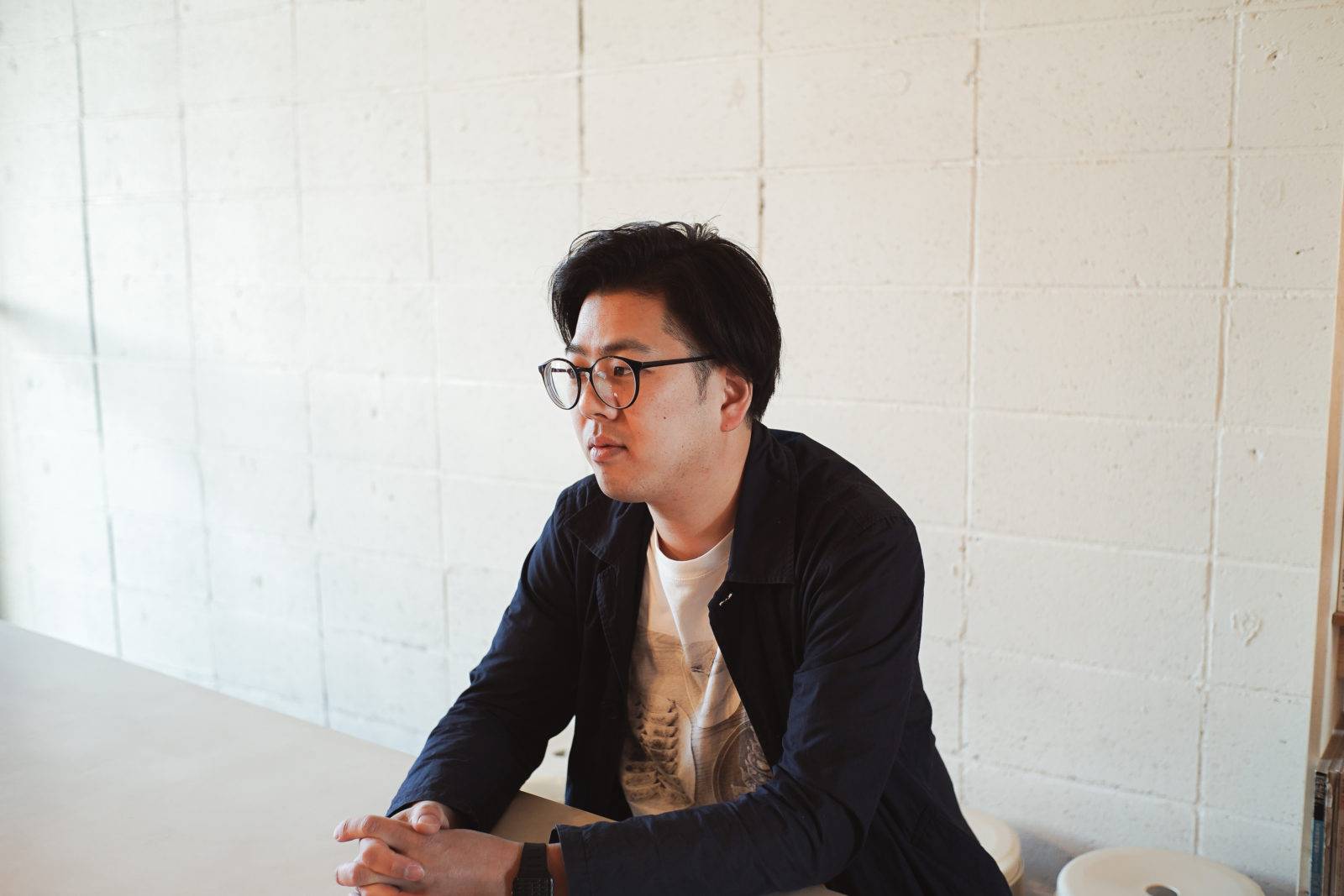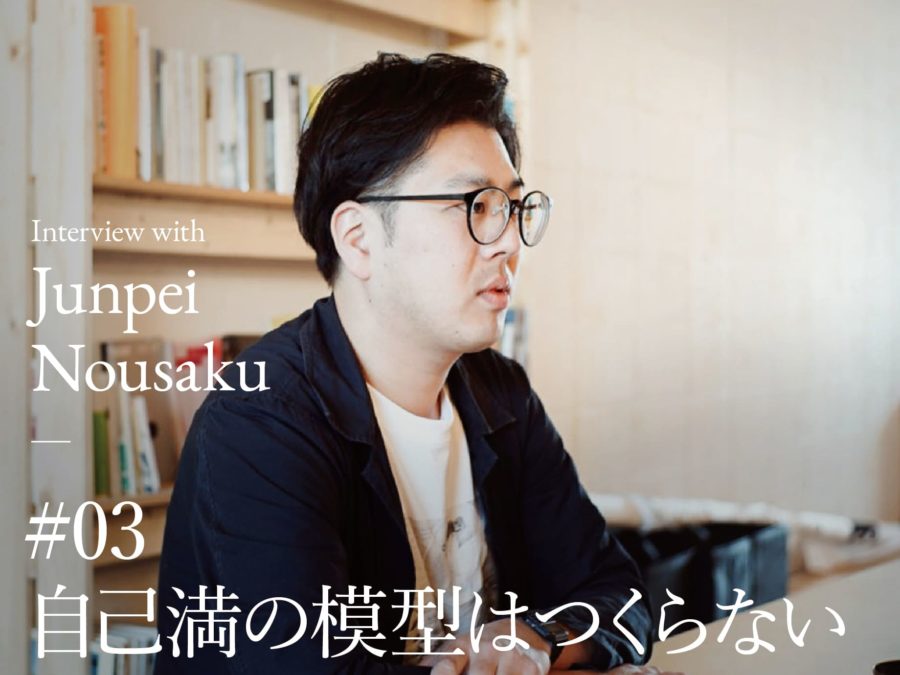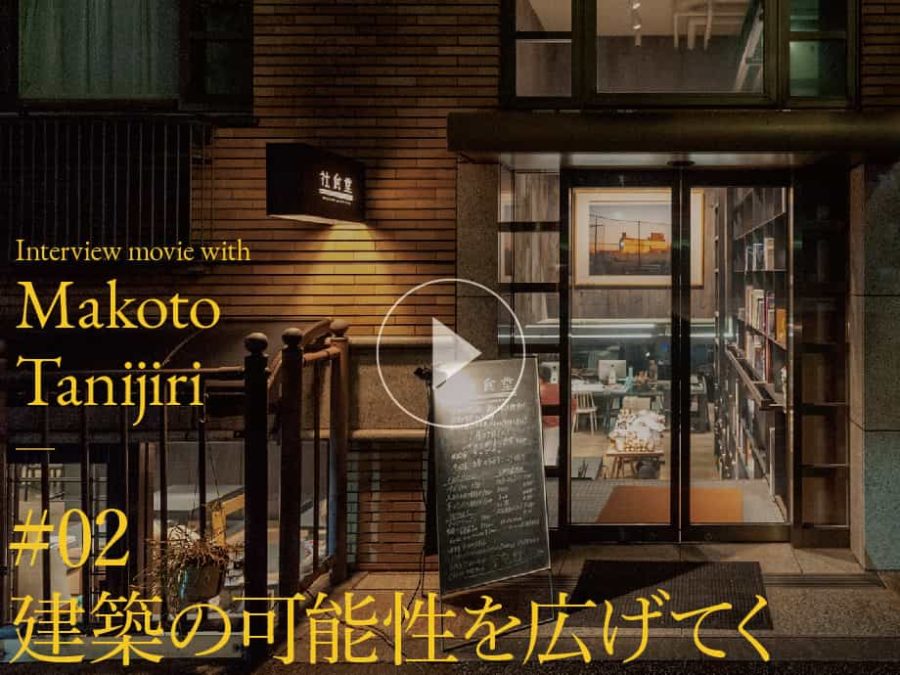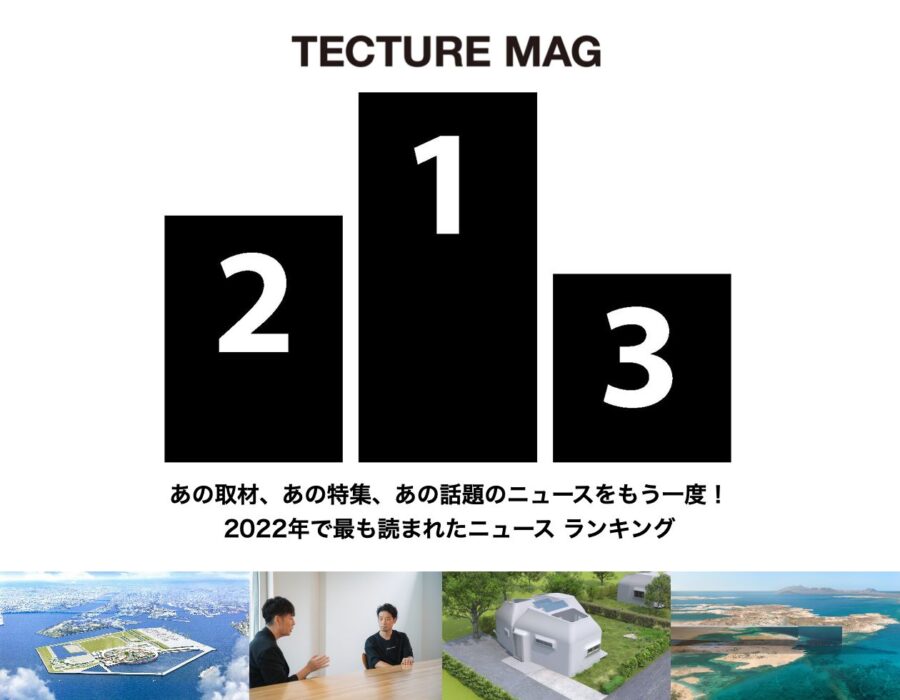二極化した空間づくりからの脱却
今の世間一般の空間づくりの多くは、二極化していると思うんですね。
1つは、インディビジュアルを重視して作品主義的になる方向。ブランディング的には合理的な方法です。
もう1つは、みんなでつくるワークショップ的な方向。
こちらは公平性があるので、公共事業のプロポーザルや参加型のリノベーションプロジェクトなどで見られます。
前者は素晴らしいプロの仕事をみることができますが、どうしても作家個人の力量や価値観によって大きく舵が切られますから、けっこう賭けです。
その意味でいえば、後者は安定感があるのですが、多数決でステレオタイプに陥りそうなイメージがありますよね。
なので、どちらの方法も正解ではないんだろうなと。
当然これからの縮小時代でコストをかけられなくなるので、早めに後者の延長線上にクリエイティブなエリアをつくらないといけないという危機感があるんですけど。
このジレンマをいったん整理して定義づけしよう、と〈富士見台トンネル〉で実践していることを考えてみました。そうしないと、前に進めない気がして。
〈富士見台トンネル〉はキッチン付きのスペースなので、「食」の提供方法を3つに分類してみました。
1つ目は「統治的解法」。例えば、学校給食や炊き出しのボランティアですね。品質やサービスを、安価で素早く、また全体へ平等に広めるという近代的な方法。
でも例えばアレルギーをもっている人が食べられなかったり、もうちょっとクオリティを上げたいなとなると、なかなか難しいじゃないですか。
統治的解法はどうしても規模が大きく動きが鈍いので、「税金を投入してこのサービスって誰が求めたの?」みたいなことがどうしても起こってきますし、もう少し細かいニーズに応えるために産業化が進んでくると、2つ目の「市場的解法」になる。
例えば給食をつくる代わりに、学校の隣にコンビニを建てます。給食費は集金しないので、お昼ごはんはいろいろな種類の弁当のなかから、好みのものを自分で買ってくださいと。
でも貧富の差が影響しますし、市場が高度になるとコモディティ化が起こるので、どのコンビニに行ってもだいたい似たような商品が、同じような価格帯で売られている状況になる。
すると、なんとなく解析されたような商品開発しかできなくなる。それはクリエイションや表現の場につながりにくいと思っていて。
Breaking away from polarized space creation
I think that a lot of space created in the world today is polarized.
One is the direction of becoming more workmanlike, with an emphasis on individuals. It’s a reasonable way to go from a branding standpoint.
The other direction is more like a workshop where everyone is working together.
Because of the fairness here, we see it in public works proposals and participatory renovation projects.
In the former case, you can see great professional work, but it’s a pretty big gamble because it’s inevitably going to be largely driven by the author’s individual abilities and values.
In that sense, the latter has a sense of stability, but there’s an image that it’s likely to fall into stereotypes with a majority vote.
So, I guess neither method is correct.
Of course, in the age of shrinkage, we can no longer spend money, so I have a sense of urgency to make a creative area an extension of the latter as soon as possible.
I thought about this dilemma in terms of what I’m doing with the ‘Fujimidai Tunnel.’ I felt that if I didn’t do that, I wouldn’t be able to move forward.
Since the ‘Fujimidai Tunnel‘ is a space with a kitchen, I’ve categorized the “food” offerings into three ways.
The first is the “governing solution.” For example, volunteering for school lunches and soup kitchens. A modern way of disseminating quality and service cheaply, quickly, and equally throughout.
But it’s difficult for people who have allergies to eat it, for example, or want to improve the quality a little more.
Since the governing solution is inevitably large in scale and sluggish in movement, the question of who demanded this service with taxpayer money will inevitably arise, and as industrialization progresses to meet more specific needs, it will become the second “market solution.
For example, instead of making school lunches, they build a convenience store next to the school. They don’t collect school lunch fees, so you have to buy your own lunch from a variety of different types of lunches.
But the gap between rich and poor has an effect, and as the market becomes more sophisticated, commoditization occurs, so you can go to any convenience store and find similar products at a similar price point.
Then, we can only develop products that seem to be analyzed for some reason. I don’t think that’s going to lead to a place of creation and expression.
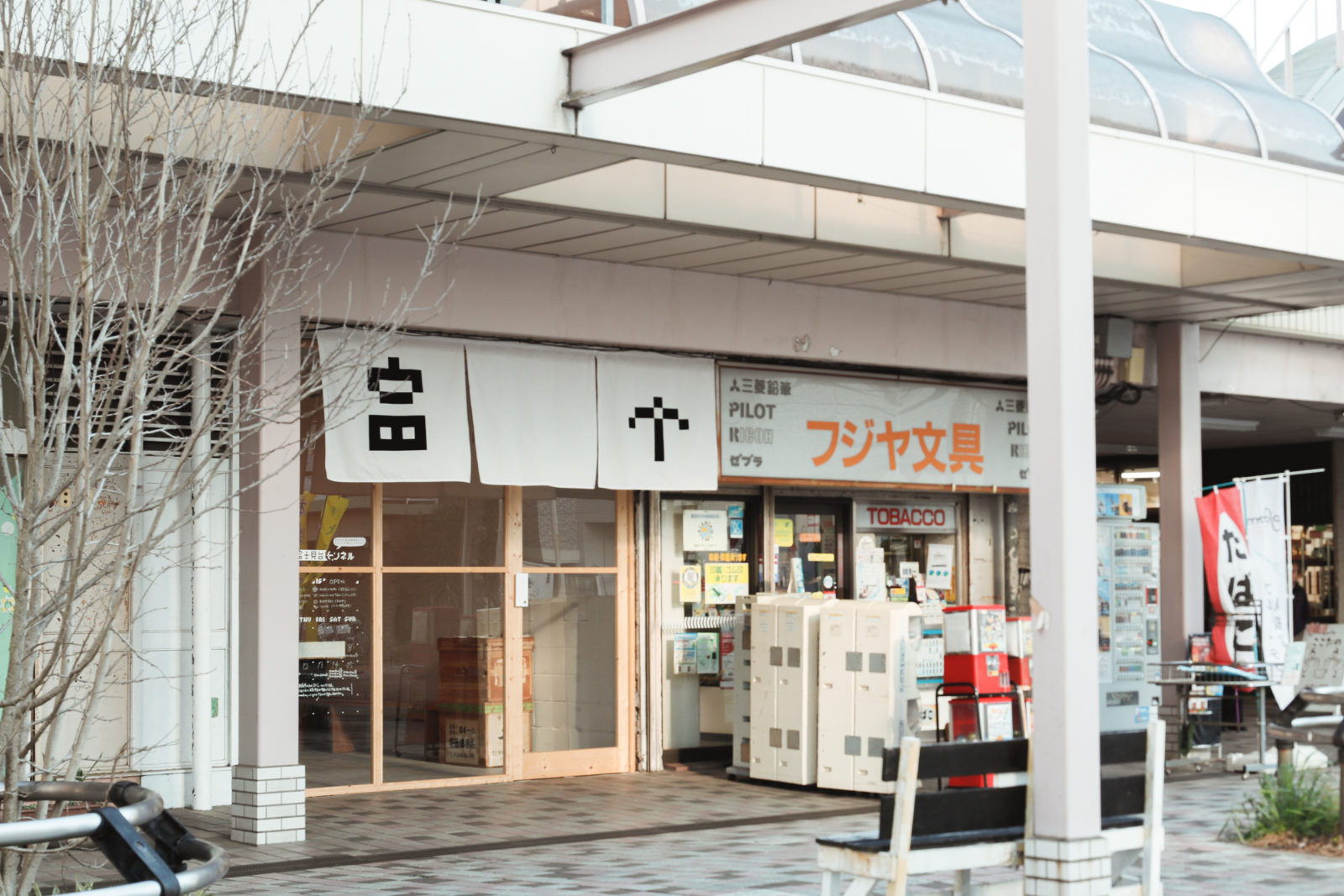
プロを超えていく工作的解法
〈富士見台トンネル〉でやっていることは「工作的解法」と名付けました。第3の方法です。
「キッチンと食材はこちらで料理するので、ラストワンマイルは自分たちでやってください」という方法です。
シェア商店の会員を募ると、当然その人が好きでしようがないものを扱ったお店が出てくるんです。
そもそも好きが高じてやってますから、その部分はめちゃくちゃ解像度が高い。
あとは、その商売だけでメシを食っているわけではないので、けっこう高めの原価を投入するんですね。
「こんなに材料にこだわっていたら商売成り立たないよ」ということが成り立っちゃう。
これって、同じテーマのファンを1人でも多くつくりたいって気持ちだと思うんです。
そうやって夢中にやっていると、時にプロを超えてしまうようなハイクオリティのものができる。
テレビでもありますよね、いろんなジャンルで、マニアックな人が登場する番組が。彼らはアマチュアですが、その道をめちゃめちゃリスペクトしすぎることで、逆に近代的なプロのイメージを覆えしていると思うんです。
例えばですよ、スイートポテトの世界があるとして、量産型の近代システムのなかではスイートポテトだけを取り扱うことがなかなかできなかったと思うんです。
市場的解法に則るプロは、スイートポテト専門ではなかなか食っていけない、と判断する。
それでスイートポテトに何か安価な混ぜものを入れるかもしれないし、ほかにアップルパイもつくるかもしれない。
でも、偏愛的にスイートポテトが好きな人は、商売でなくても毎日スイートポテトをつくっては、とにかくスイートポテトを食べる。
スイートポテトが好きなんです、絶対的に。
その偏愛的な世界って素晴らしいなと。共感する人の数も、少なくはない。そこに可能性があると思うんですね。
Manipulative solutions that go beyond the professional
What we’re doing in the ‘Fujimidai Tunnel‘ is called the “Manipulative Solution.” Third method.
It’s a way of saying, “We’ll provide the kitchen and food here, so you’re on your own for the last mile.
When you recruit members for a shared shop, of course, there are shops that sell things that people like and have no business doing.
They are doing it because they love it so much, so the resolution in that part is extremely high.
Also, since they don’t make a living from that business alone, they have to pay a fairly high cost.
If they were so particular about the materials, they wouldn’t be able to do business out of it.
I think it’s a desire to create as many fans as possible of the same theme.
When you’re engrossed in this kind of work, you can sometimes produce high quality work that surpasses that of professionals.
You know, there are shows on TV where maniacs appear in various genres. They’re amateurs, but I think they’ve overturned the modern professional image by overly respecting that path.
For example, if there is a world of sweet potato tarts, I think it would have been difficult to deal only with sweet potato tarts in a mass-produced modern system.
Professionals who follow the market’s solution method decide that it’s hard to eat a sweet potato tarts specialty.
So they might put some kind of inexpensive mixture in the sweet potato tarts, and maybe make some other sweets, like an apple pie.
But if they’re paranoid about sweet potato tarts, they make sweet potatoes every day, even if it’s not for business, and they eat sweet potato tarts anyway.
They love sweet potato tarts, absolutely.
I think it’s great that it’s such a paranoid world. The number of people who empathize with it is not small. I think that’s where the potential lies.
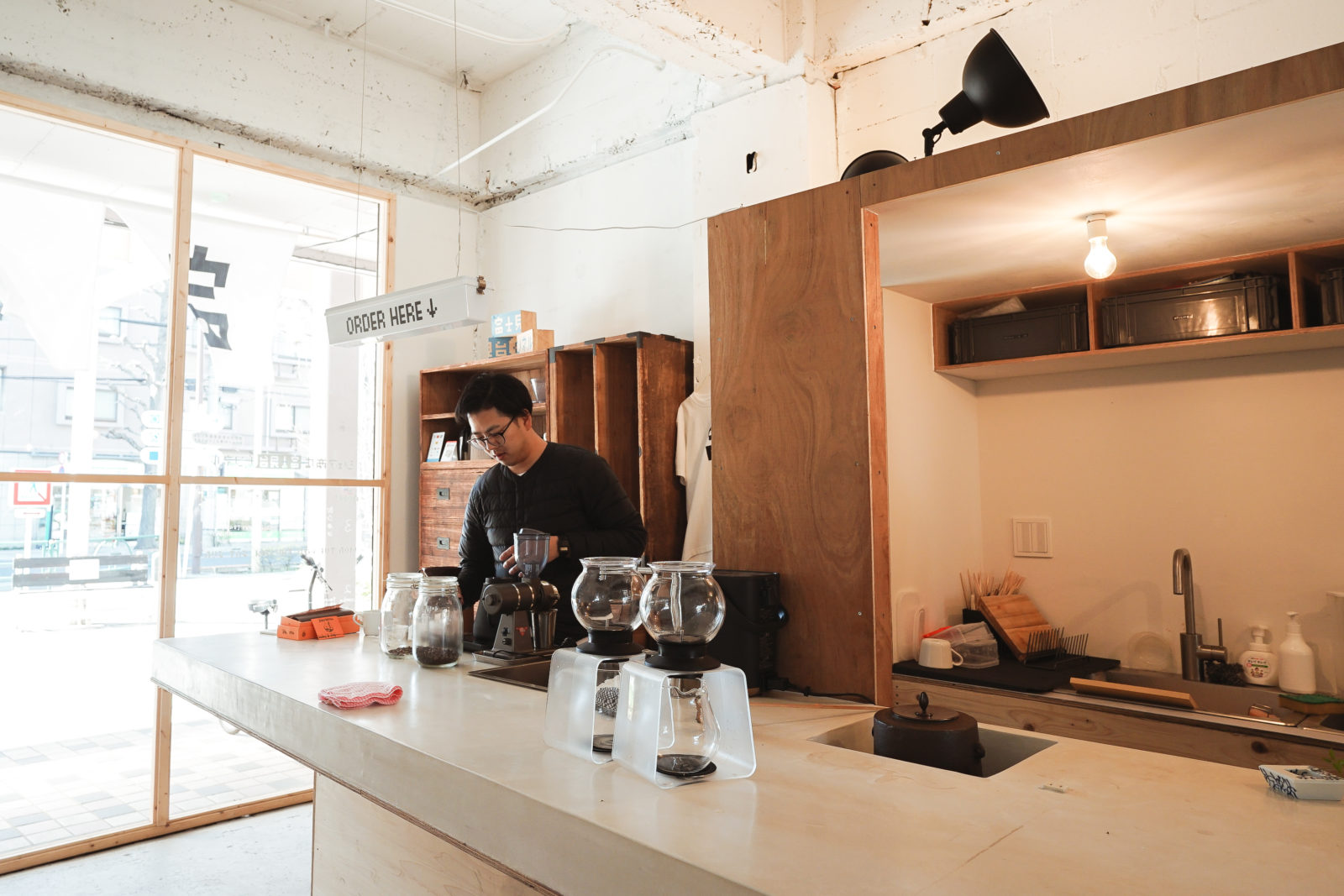
工作的な場をつくる
一見すると、シェアスペースってみんなで使って、そこではなんとなく多数決的な採決がとられていて、ぬるいコンテンツが集まっていると思われます。
けれど、はじめてみるとぜんぜん違った。偏愛的で独創的なんです。
シェア商店というのは市場的解法システムから少しズラしている場所なので、むしろ個性をむき出しに攻めることができる気がしています。
何かをつくるとき、「プロのクオリティで既存と遜色のないもの」を模倣しがちですが、本当にすべきことは、好きなことができるシステム設計なんじゃないかなと思っています。
共有空間のなかに個人の個性やパフォーマンスをそのままダイレクトに扱えるクリエイティブな機会や空間をつくるって、なかなか難しい。
じゃあワークショップをすればいいかというと、そうでもなくて。
会議室に集まってポストイットに意見を書いてもらうような光景は、工作している感じに見えるじゃないですか。でもやっていることは実は統治的で。
書くことは自由だけどポストイットに書くというルールはもう決まってますよね。
そうすると、ポストイットを配られた瞬間に、市民の1人として設定されてしまう。
どんなに個性的な人でも、一市民を演じてそれなりの意見しか書かなくなる。
本当は好きなことを、その場で言っちゃいけない空気をつくってしまうんです。スイートポテトが好きな人はいるはずなのに。
だから空間のプロとしては、お題を出しやすい、意見を言いやすい工作的な場をつくる観点をもっていたいと思います。
ただミーティングをする空間ではなく、何かをつくれたり、食べられたり、そんな空間のほうが、個人のスキルや話題を引き出せると思うんですね。
クリエーションの場として見ても、〈富士見台トンネル〉は面白いなと感じているんです。
〈富士見台トンネル〉は、オープンしてまだ4カ月。
はじまったばかりですが、現時点(編集注:2020.03.16)でみえてきた可能性について話をさせていただきました。
これからも、小さいながらも実験を繰り返していきたいと思っています。
(了)
Create a crafty place
At first glance, a shared space seems to be a place where everyone uses it, where a majority vote is taken, and where lukewarm content is gathered.
However, when I first started, it was completely different. I’m paranoid and original.
Since the shared store is a place where the market solution system is a little out of sync, I feel that it is possible to expose the individuality of the store and attack it.
When creating something, we tend to imitate “professional quality that is incomparable to existing products,” but I think what we really need to do is to design a system that allows us to do what we want.
It’s difficult to make creative opportunities and spaces where individual personalities and performances can be handled directly in a shared space.
Then, it’s not so much a matter of doing a workshop.
The scene where they gather in a conference room and ask people to write their opinions on a post-it note makes it look like they’re working on something. But what they’ re doing is actually governing.
Writing is free, but I think they’ve already set the rules for writing on a post-it note.
That way, the moment they’re handed out post-its, they’re set up as one of the citizens. No matter how individualistic a person is, they play one citizen and don’t write so individualistic an opinion.
It creates an atmosphere where you can’t say what you really like on the spot. Who doesn’t love sweet potato tarts?
That’s why, as space professionals, I want to have the perspective of creating a crafty place where it’s easy to give a subject and express an opinion.
It’s not just a space to have a meeting, but space where you can create something or eat something, and I think that’s the kind of space that brings out the skills and topics of the individual.
I also think the ‘Fujimidai Tunnel‘ is an interesting place for creation.
The ‘Fujimidai Tunnel‘ has only been open for four months.
I have only just started, but I have been able to talk about the possibilities that have emerged at this point (March 16, 2020).
I would like to continue to repeat the experiment, even though it is small.
(fin.)
